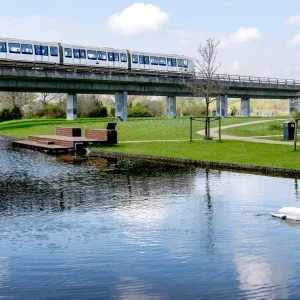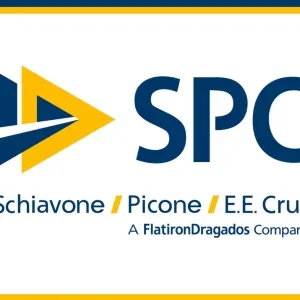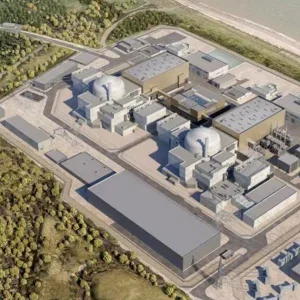In early April, Athens Metro confirmed eight consortia had expressed an interest in its 5.5km long Line 2 underground metro extension to Helliniko. The US$454M project also includes the construction of four new stations and a new eight train underground stabling area.
The deadline to register an interest expired on 4 April with a mixture of local and international firms expressing an interest. These included: Zagope Construcoes e Engenharia S.A., Constructora do Tamega S.A.; Sociedade de Construcoes Soares da Costa S.A., Efacec Engenharia S.A.; Michaniki S.A.; Greek construction industry major Aktor with Siemens A.G. and Vinci Construction Grands Projets.
Also registering for a chance to tender were: Vioter S.A with Beton und Monierbau GmbH, Martin Rose GmbH & Co. KG and Gleisbau Hildig & Ventzke GmbH; Impregilo, Aegek, Seli and Alstom Transport; Alpine Mayreder Bau GmbH, Obrascon Huarte Lain S.A., Terna, Pantechniki S.A., Powell Electricla Systems Inc.; Ed Zublin AG, Attikat ATE, Athina, TPF Chapeaux International S.A. and a consortium of J&P, Avex S.A., F.C.C. Construccion S.A., Elecnor S.A. and Instalaciones Inabensa S.A.
T&TI obtained a February 2005 information document issued by Athens Metro. It described the scope as the detailed final design, together with the construction and commissioning of the Ilioupoli, Alimos, Argyroupoli and Eliniko stations, a double track EPBM tunnel, ventilation shafts, reception shaft, a single track cut and cover tunnel and a four track stabling area.
The stations are to be constructed by cut and cover and each will include two ventilation shafts, although the stations entrances and connections can be constructed by either cut and cover or conventional mechanical means T&TI learnt. The 5.1km of 9m diameter double track tunnel will be excavated from a connecting tunnel to a shaft at the limit of this extension. The 450m long connecting tunnel will link the double track extension to the existing triple track arrangement. In addition, a 150m long single track cut and cover tunnel will run to the new train stabling area.
Lithologies likely to be encountered are described as fragmental materials such as sandy clayey gravels up to 15m, followed by neogene lake sediments with alterations of low strength sandstones and limestone or sandstone. These are followed by neogene marine sediments, then clastic formations, graduating to rock masses of marly limestones or sandstones that are tectonically distressed. This gives way to poor condition sandstone that again is intensively sheared, followed finally by a formation of ashen clayed schist.
The contractor is obliged to carry out their own detailed site investigation work and “shall be exclusively responsible for the geological and geotechnical conditions in the project”.
The civil works of the project will also incorporate any archaeological works that may be deemed necessary. To date the construction of the Athens Metro has been the catalyst for the largest ever archaeological excavation in the city.
A source told T&TI that bidders could be invited to tender within a month and the works could thus get underway as soon as autumn.







